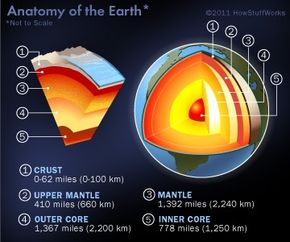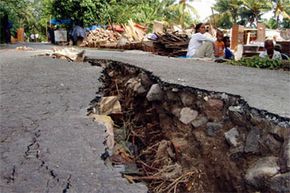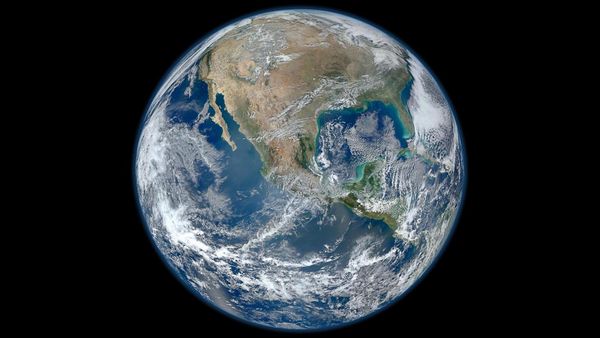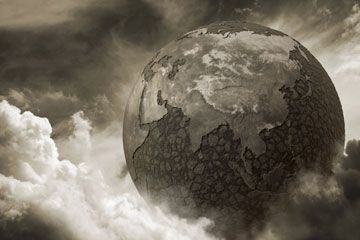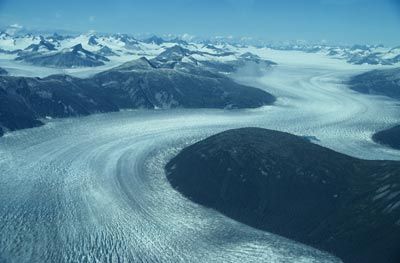Let's get our admittedly far-fetched assumptions on the table:
- First, let's assume the Earth stopped spinning gradually, as a sudden deceleration would mean disaster.
- Second, we'll suppose that Earth's ecosystems have survived the transition mostly intact. So what does this new world look like?
For starters, Earth would now take a whole year to do what it pulls off in a day: cycle from night to day and back. Cities would spend half the year with nothing but night sky and half the year in full sunlight, just like the North and South Poles do today.
And, like the poles, every region would still experience different seasons, but the temperature swings from season to season would be much greater for areas along the equator.
An equatorial region would spend infernally hot months very close to the sun, while that area's global counterpart would spend dark, frigid months very far away from it. That's trouble for the plants and animals that have adapted to the climate of a region and, consequently, for the people living there as well.
Is Relocation Possible?
What's that? You're relocating to the relatively stable (but still awfully cold) polar regions? Bad move. They're deep underwater. In fact, the boundaries between ocean and land on a spin-free Earth would look nothing like they do today.
Because the Earth rotates, centrifugal force causes the planet to bulge along the equator. No rotation, no bulge. Without that bulge, all of the extra water held in place along the equator would go rushing back toward the poles.
Esri, a company that develops geography-focused technology, modeled the world's land and oceans after its equatorial bulge subsided. They found that the Earth would have a band of land — one giant supercontinent — that circles the equator and separates two massive oceans to the north and the south.
Bye, Bye Magnetic Field
As if that weren't enough, Earth's magnetic field might go away, too. This field acts as a protective shield by deflecting charged particles from the sun and redirecting cosmic rays, preventing them from directly hitting the Earth's surface and harming our planet and its atmosphere.
According to the geodynamo theory, Earth's magnetic field is generated by the movement of molten iron and nickel in the planet's outer core. Heat from radioactive decay and residual heat from Earth's formation create temperature differences in the outer core, leading to convection currents.
These currents, combined with Earth's rotation, create electric currents, which, in turn, generate the magnetic field through a process known as the geodynamo effect.
Earth's rotation plays a crucial role in the generation of its magnetic field through the geodynamo effect. Without rotation, the convection currents in the liquid outer core that drive the geodynamo would diminish, leading to a gradual weakening of the magnetic field. But don't worry, this process would take thousands to millions of years.
How Will Humans Fare?
Where does that leave us? Humans are an adaptable species with powerful technology at their disposal, but survival in this new environment would be a challenge.
Sure, we could try to light our homes in the darkness and heat and cool them (at great cost) during wild temperature swings, but not everything would be under our control.
Could crops survive the extremes of this new world? Could any plants? If not, the entire food chain would be in danger. Perhaps we could find new crops or modify existing ones to tolerate this new environment. Or maybe we would become dependent on perennials that return with warm weather.
It's actually a little comforting to think that, while the world will probably become a hellish place to live, at least our decorative hosta beds might be OK.

